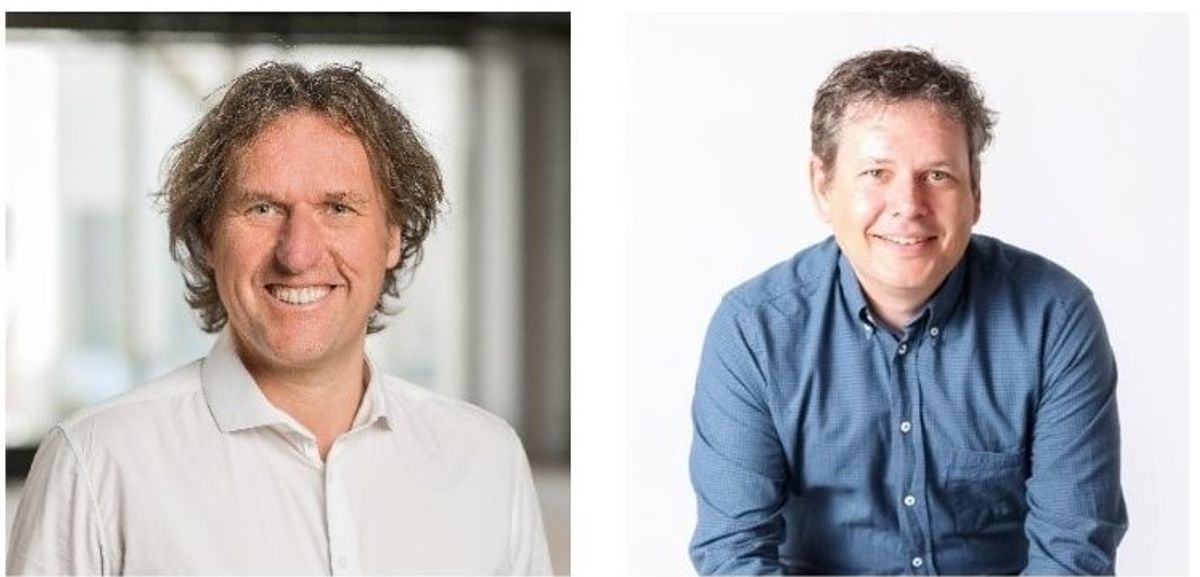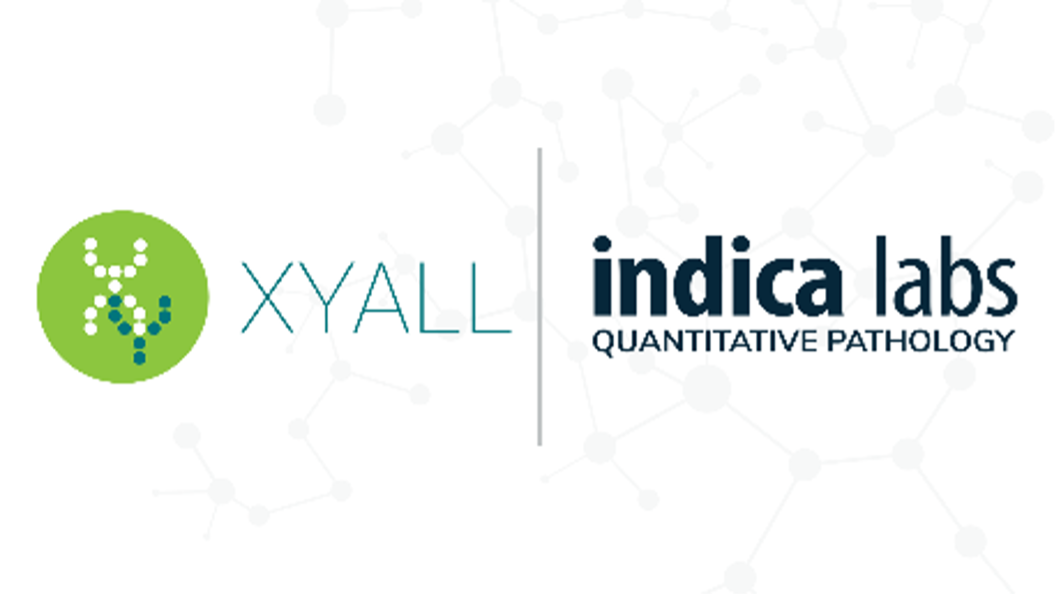Automated tissue dissectors enhance diagnostic precision and help deliver better cancer care
As the incidence of cancer rises globally, the demand for advanced molecular diagnostic tests to identify potential precision cancer treatments grows as well. The quality of such tests depends largely on the quality of the samples used to develop and validate them.
Obtaining high-quality samples is crucial, and tissue macrodissection plays a pivotal role in this process. Tissue macrodissection involves the isolation of tumor tissue from surrounding non-tumor tissue obtained from histopathologic slides.
The tissue macrodissection process is labor-intensive, time-consuming, and prone to error and contamination, limiting its potential in precision medicine. Currently, pathologists must hand-annotate regions of interest (ROIs) on hematoxylin and eosin (H&E)-stained slides, a process that becomes increasingly difficult the smaller the specimen.
Lab technicians then manually transfer the annotated area from the reference slide to several unstained dissection slides, matching these areas using their visual judgment. Using a scalpel, technicians scrape the tissue off the slide, following the annotation as accurately as they can by eye.
Automated tissue dissection addresses missing link in precision medicine
Automated tissue dissection offers a more compelling way forward. The technology combines a high degree of precision and reproducibility into a fully integrated solution, allowing for the accurate and efficient selection of samples for molecular analysis.
Automated tissue dissectors digitize the sample selection process and integrate it into routine clinical practice. ROIs are selected in an image management platform that allows pathologists and end users to select tissues upon examining digital whole slide images. The tumor is selected and the ROI annotation coordinates are simplified and transferred to the robotic dissector to guide the removal of material from the ROI with high precision (<0.1 mm).
The automated tissue dissector can subsequently collect and transfer the material to the sample tube. It also automatically disposes of the scraping head, minimizing the risk of crosscontamination. This technology offers full traceability and quality control along with image analysis before and after slide dissection.
Improving diagnostic accuracy, consistency, and standardization
Evidence of the diagnostic benefits of automated tissue dissection can be seen in a 2016 Cancer Genetics study by the University of Utah’s Department of Pathology, where the authors performed digitally-guided dissection and traditional macrodissection on a series of pancreatic adenocarcinoma specimens to compare the effectiveness of both methods.
The researchers found that the KRAS mutant allele fraction and estimated neoplastic cell fraction were significantly higher in samples obtained from digitally guided dissection. In 7 out of 32 (22 percent) of the samples, a detectable mutation was found only with the digitally guided dissection.
The benefits of automated tissue dissection are substantial, with the potential to revolutionize cancer diagnostics and precision medicine. By improving the accuracy, precision, efficiency, and consistency of the tissue dissection process, automated systems can help ensure the quality of samples used in molecular diagnostic tests, ultimately leading to better-targeted and more effective cancer treatments for patients worldwide.

Guido du Pree, MS, (left) co-founded Xyall in 2018 and is currently serving as the CEO. For the first 10 years of his career, du Pree was a strategy consultant and investment banker. He earned a master’s degree in economics from Tilburg University, The Netherlands. Eric Runde, MS, joined Indica Labs in 2020 as the principal product manager for HALO AP and subsequently took on the role of COO in 2021. Runde earned a BS in mechanical engineering from the University of Missouri and an MS from the University of Minnesota with a research emphasis on plasma science and nanotechnology.
